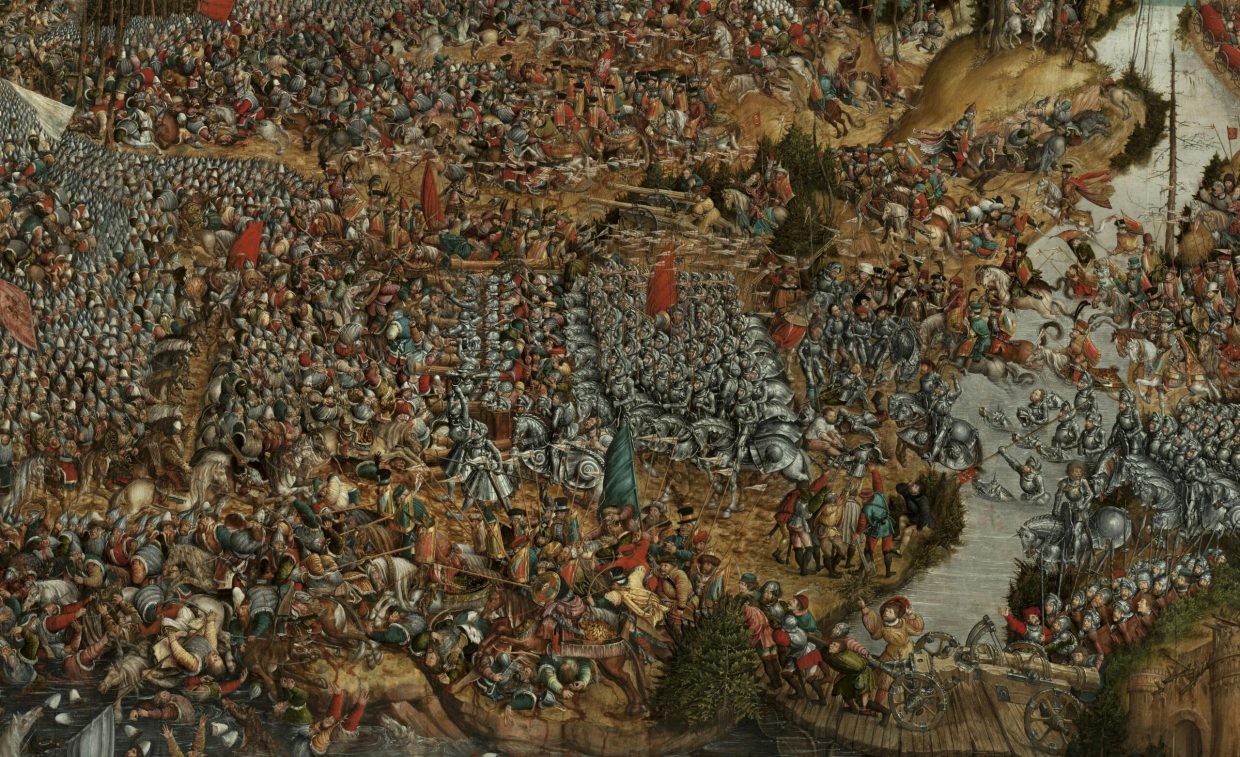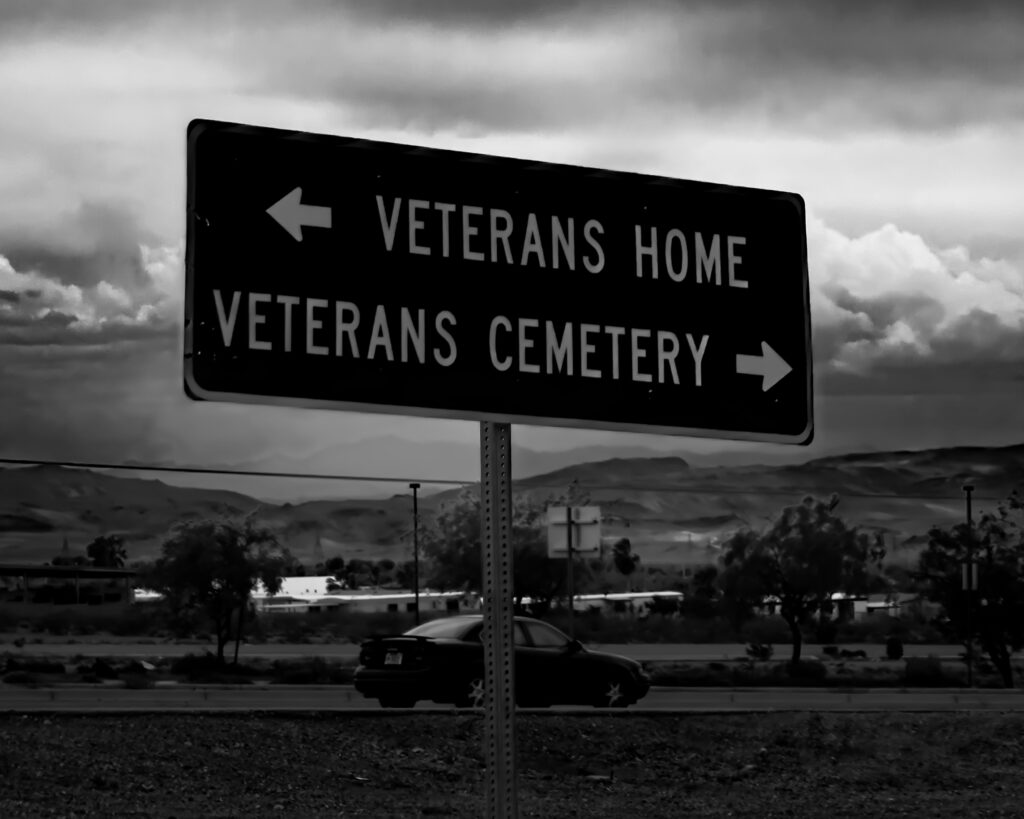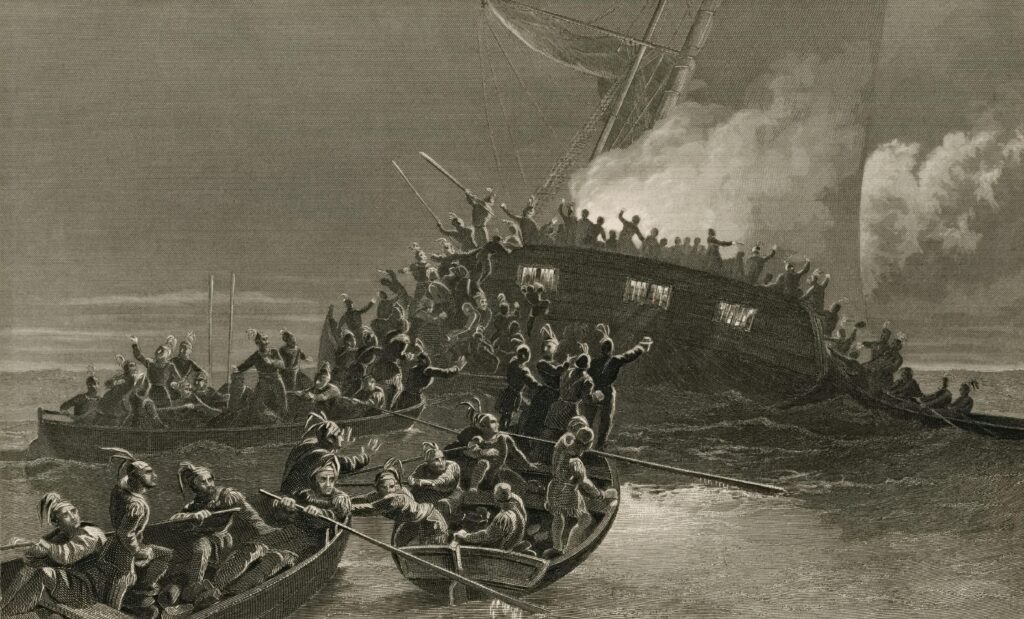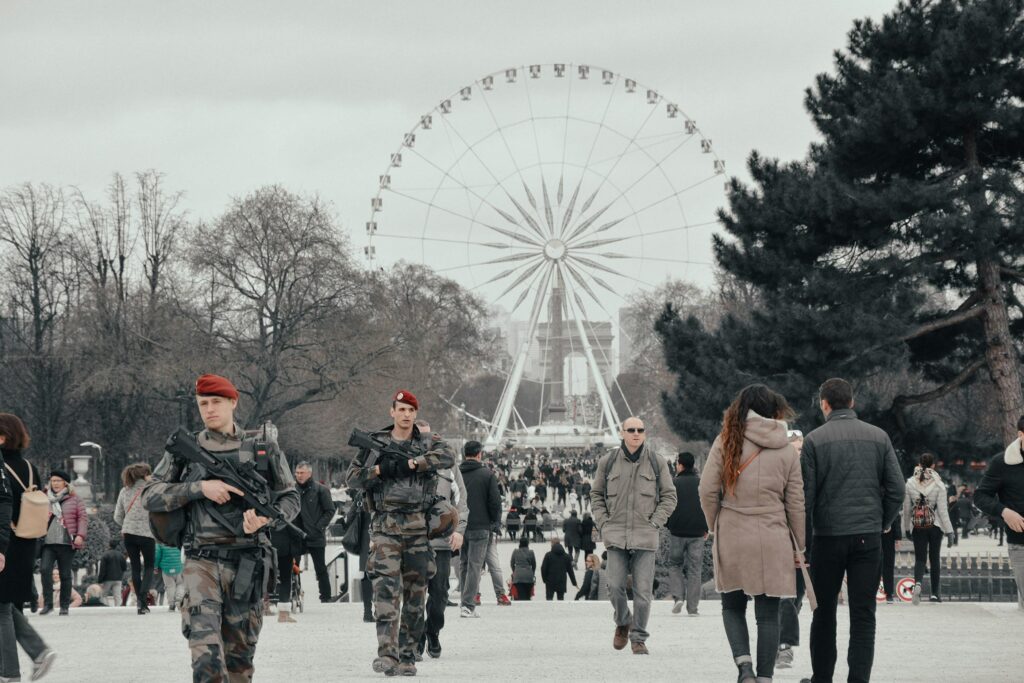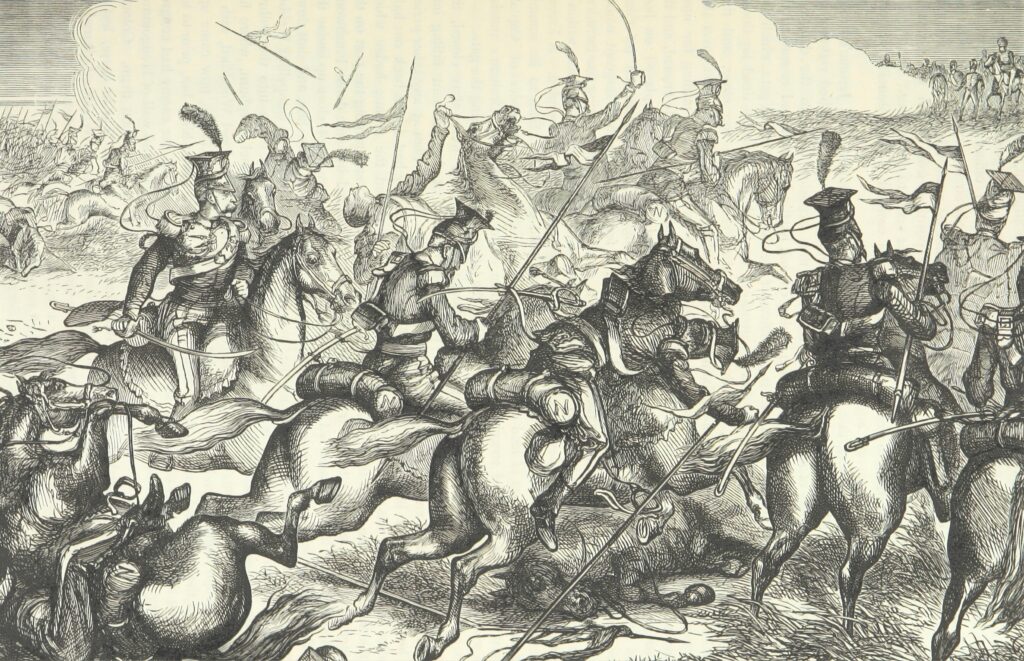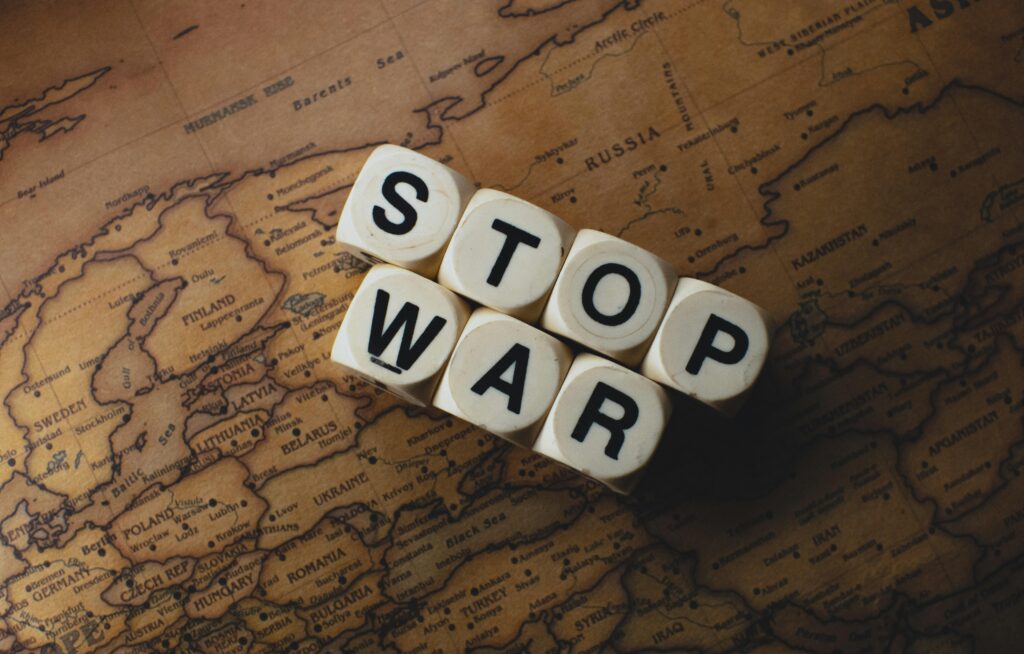The Siege of Constantinople stands as one of history’s most dramatic and pivotal moments—a defining chapter in the long saga of Byzantium. For over a thousand years, Constantinople had been the jewel of the Eastern Roman Empire, a bastion of culture, faith, and resilience. Yet, in 1453, this magnificent city faced a relentless siege that would ultimately seal its fate and echo through the centuries. Join us as we journey back to the twilight of Byzantium, exploring the events, heroes, and legacies of a siege that marked the end of an era and reshaped the course of history.
Table of Contents
- The Strategic Importance of Constantinople Through the Ages
- Key Players and Their Motivations During the Final Siege
- Defensive Innovations and Military Tactics of Byzantium
- Lessons from the Fall and How Modern Cities Can Protect Themselves
- Insights and Conclusions
The Strategic Importance of Constantinople Through the Ages
Constantinople stood as a beacon of both strategic might and cultural convergence for over a millennium. Its location at the crossroads of Europe and Asia made it an unrivaled hub for commerce, politics, and religion. By guarding the narrow passage between the Black Sea and the Mediterranean, the city controlled critical trade routes that connected the East and West. This unique positioning not only secured vast wealth but also ensured that any power controlling the city wielded significant geopolitical influence. Over centuries, empires including the Romans, Byzantines, and Ottomans recognized the city’s immense value, often turning it into the very heart of their empire’s identity and defense.
The resilience and fortifications of the city were legendary, with its massive walls repelling numerous invasions. However, these defenses weren’t purely physical; Constantinople’s role as a religious and cultural stronghold lent it an almost mythical status in the collective consciousness of Christendom and beyond. Its fall in 1453 marked the end of an era, signaling profound shifts in global power dynamics. Key factors cementing its importance throughout history include:
- Military Stronghold: A defensive bastion safeguarding borders and deterring sieges.
- Economic Hub: Vital trade artery between continents and empires.
- Cultural and Religious Center: A melting pot where Eastern Orthodox Christianity flourished and shaped the region’s heritage.
- Political Capital: The administrative core of successive empires, symbolizing imperial power.
Key Players and Their Motivations During the Final Siege
At the heart of this dramatic siege stood two monumental figures, each propelled by motives deeply entwined with honor, survival, and legacy. Mehmed II, the young Ottoman sultan, was driven by an insatiable desire to cement Ottoman dominance and expand his empire’s borders. For Mehmed, Constantinople was not merely a strategic prize but a symbol of ultimate triumph over centuries of rivalry with the Byzantine Empire. His vision extended beyond conquest; he aimed to transform the city into an imperial capital that would rival any in the world, blending rich Byzantine traditions with the burgeoning power of the Ottomans.
Opposing him, the beleaguered defenders of Byzantium were fueled by a mix of desperation and fierce loyalty. Emperor Constantine XI Palaiologos, the last Byzantine ruler, embodied a steadfast resolve to protect his city and heritage against overwhelming odds. His motivation was rooted in the defense of a civilization that had survived for over a millennium, representing the Christian world’s last bastion in the East. Alongside him, a diverse coalition of soldiers and citizens—Greek, Italian, and others—fought not just for survival, but for the preservation of their culture and faith. Their collective determination, despite dwindling resources, highlighted the siege as more than a battle; it was a clash of civilizations on the razor’s edge of history.
- Mehmed II: Ambitious conqueror and visionary empire-builder
- Constantine XI Palaiologos: Stoic defender of Byzantine legacy
- Byzantine Citizens & Soldiers: A diverse cohort desperate to protect their home
- Venetian and Genoese Allies: Maritime powers with vested interests in the city’s fate
Defensive Innovations and Military Tactics of Byzantium
Throughout its existence, Byzantium pioneered numerous defensive strategies that stood as testaments to its military ingenuity. The city’s formidable walls, notably the Theodosian Walls, combined massive stone ramparts with a deep moat, creating an almost impregnable barrier against siege engines and infantry assaults. Engineers perfected the use of Greek fire, an incendiary substance that could ignite upon contact with water, which was deployed from flamethrower-like devices mounted on ships and ramparts alike. This terrifying weapon instilled fear in attackers and proved instrumental in naval engagements, effectively shielding Constantinople from repeated maritime incursions.
Byzantine commanders also embraced adaptive and tactical warfare, blending intelligence gathering and psychological ploys to outwit their foes. Ambushes, feigned retreats, and strategic use of terrain were common methods used to compensate for numerical inferiority. The military manuals produced during the empire, such as the Strategikon, detailed flexible formations and combined arms tactics that integrated infantry, cavalry, and siegecraft. As the city faced mounting pressure during its final siege, these innovations weren’t merely relics of the past but dynamic tools employed in a desperate bid to defend the heart of Byzantium.
- Massive multi-layered fortifications combining stone walls with ditches and towers
- Greek fire as a revolutionary naval and defensive weapon
- Integration of infantry, cavalry, and siege engineers guided by sophisticated military treatises
- Psychological tactics and strategic deception to compensate for limited manpower
Lessons from the Fall and How Modern Cities Can Protect Themselves
One of the critical takeaways from Byzantium’s fall is the fragility of even the most fortified cities when technological and tactical innovations outpace traditional defenses. Constantinople’s massive walls, once deemed impregnable, succumbed to the Ottomans’ use of massive cannons—an early example of how military technology can redefine urban security. Modern cities must acknowledge that their physical barriers alone are not enough; a continuous investment in evolving security infrastructure is essential. Adaptive strategies, including cyber defense and smart surveillance systems, can serve as the modern equivalent of Constantinople’s walls, guarding not just against physical assaults but also digital and infrastructural threats.
Additionally, the siege demonstrated the importance of alliances and resource management during prolonged crises. Isolated and undersupplied, Constantinople could not sustain its defense indefinitely. Today, cities can learn from this by fostering strong inter-city and international collaboration networks. Implementing
- coordinated emergency response systems,
- shared intelligence platforms,
- and resilient supply chains
can greatly enhance urban resilience. By integrating both technological advancement and cooperative governance, modern metropolises may better withstand the sieges of tomorrow, whether they come in the form of natural disasters, warfare, or cyberattacks.
Insights and Conclusions
As the dust settled on the shattered walls of Constantinople, the world witnessed the close of an extraordinary chapter in history — the fall of Byzantium. This pivotal siege did not merely mark the end of an empire but also the dawn of a new era, reshaping political landscapes and cultural horizons for centuries to come. While the grandeur of Byzantium faded into the annals of time, its legacy endures, reminding us of the resilience and complexity of a civilization that once stood as a beacon between East and West. In reflecting on this final chapter, we honor the stories, struggles, and spirit of a city that, though conquered, remains immortal in history’s memory.


